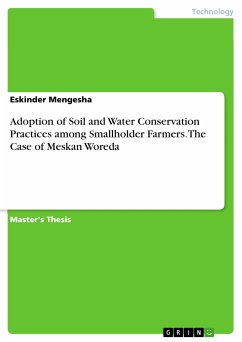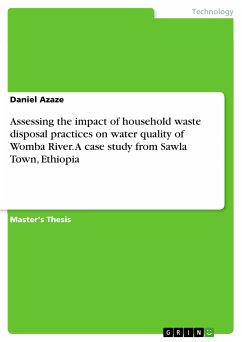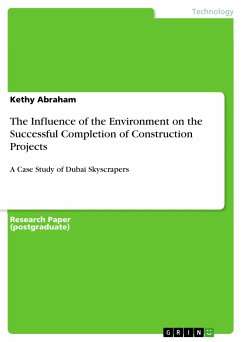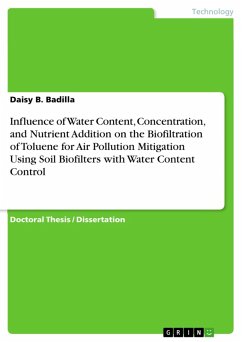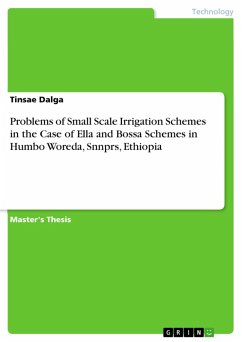Master's Thesis from the year 2018 in the subject Environmental Sciences, grade: 3.99, , language: English, abstract: The objectives of the research were (1) to assess level of use of soil conservation measures by small holder farmers, (2) to identify the factors that influence small holder farmers to participate in soil conservation activities and (3) to identify most commonly used indigenous and improved soil conservation techniques. Multistage sampling procedure was employed for the realization of the research objectives. In the first stage the research area was selected purposively for geographic and economic advantage convenience. In the second stage three sample kebeles were selected by stratifying based on agro ecology then purposively in consideration of their accesability. In the third stage a total of 150 sample respondents were selected by simple random sampling based on PPS. Structured interview schedule was developed, pre-tested and used for collecting the essential data for the study from the sampled households. Focus group discussions and key informant interviews were also conducted to generate qualitative. Descriptive statistics was used to describe the nature of data by indicating the significance of the relationship between dependent variable and independent variable. Binary logit model was used to determine the relative influence of independent variables on the dependent variable. The result of descriptive statistics revealed that out of the total sample respondents 63.3% were adopters and 36.7% of them were non-adopters. It also indicated that in the study area, livestock holding, family size, education, age, participation in training of soil and water conservation, farm income, social position, Number of economically active labor, land size, frequency of extension contact, perception of ownership of land and slope were found to be significantly affecting adoption of soil and water conservation technology by farmers. The model result revealed that education of head of household, farm income of the household, frequency of extension contact, number of economically active labour in the household and perception on ownership of land were found positively and significantly affect adoption of soil and water conservation structures. While sex of head of household and age of head of household were negatively and significantly related with adoption of soil and water conservation technology by farmers. Thus, consideration of those variables would help to improve adoption of physical soil and water conservation technology among farm households.
Dieser Download kann aus rechtlichen Gründen nur mit Rechnungsadresse in A, B, BG, CY, CZ, D, DK, EW, E, FIN, F, GR, HR, H, IRL, I, LT, L, LR, M, NL, PL, P, R, S, SLO, SK ausgeliefert werden.

